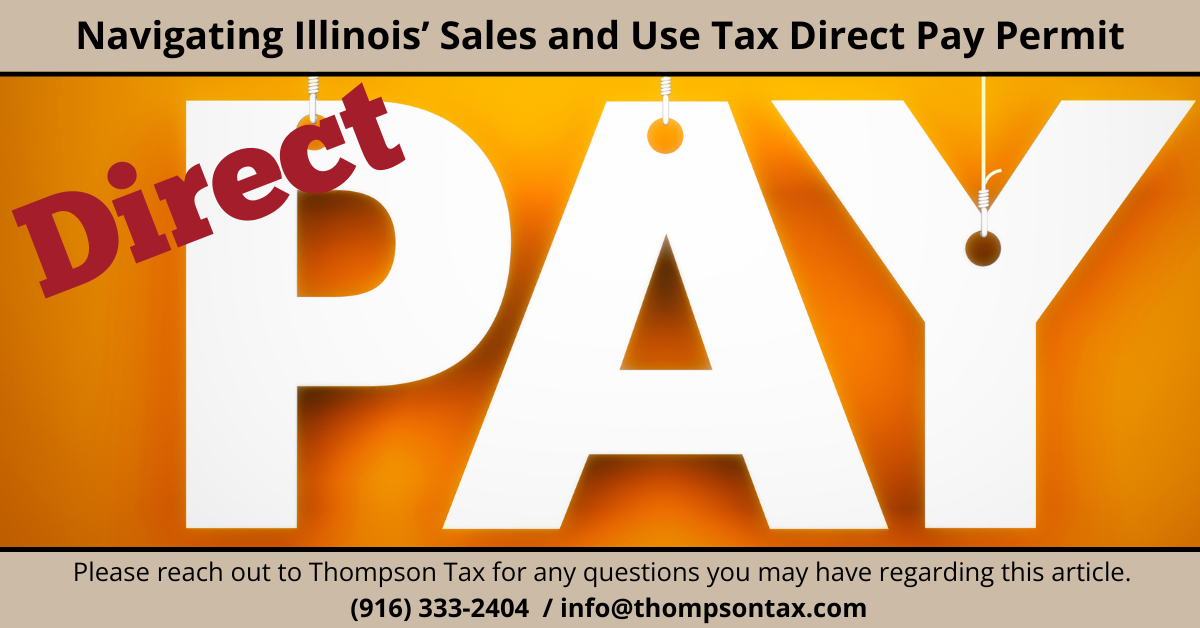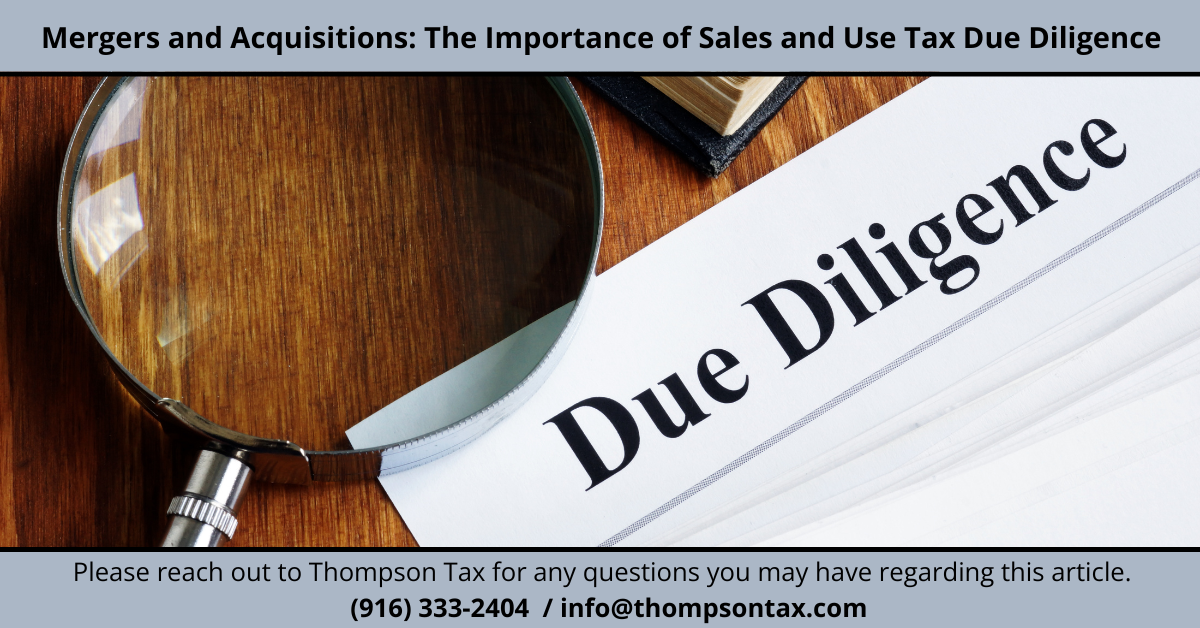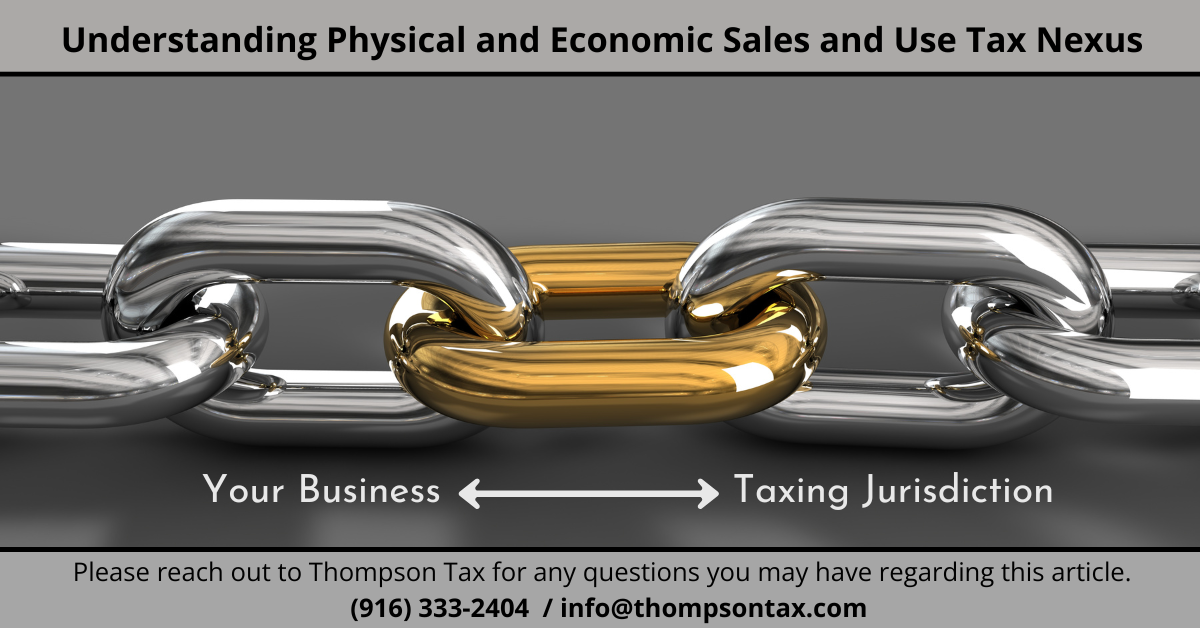New York Clarifies Limitations on Amending Sales and Use Tax Returns: Key Insights for Businesses

The New York Department of Taxation and Finance has recently issued guidance clarifying the rules around amending Sales and Use Tax returns. This guidance stems from previously enacted legislation and brings Sales and Use Tax returns under similar limitations as other tax filings. Understanding these updates is crucial for businesses required to collect tax under Tax Law Article 28 (Sales and Compensating Use Taxes), especially as they take effect for filing periods beginning on or after December 1, 2024. Here’s a breakdown of the new rules and what they mean for your business.
Amending Sales and Use Tax Returns
Under the new guidance, businesses required to collect Sales and Use Tax can amend previously filed returns, but there are important limitations to be aware of:
1. Conditions for Amending Returns:
- A business can amend a previously filed return only if the amendment does not reduce or eliminate a past-due tax liability related to that specific filing period.
- Past-due tax liability refers to any tax debt that has become final and unchangeable, where the taxpayer has no further right to administrative or judicial review.
- However, if the business self-reported past-due tax liability, they may amend the return to reduce or eliminate this liability within 180 days of the original due date.
2. Overpayments and Refunds:
- If no past-due tax liability exists, and the amended return results in an overpayment, the business can claim a credit or request a refund.
- This claim must be made within three years from the original tax due date or within two years from the date the tax was paid—whichever is later.
3. Department’s Right to Assess:
- The New York Department of Taxation and Finance retains the right to assess additional tax, penalties, and interest, including recovering a previously paid refund based on changes or corrections made on an amended return.
- This assessment can be made within three years after filing the amended return.
Filing a Return After Receiving a Notice of Determination
The guidance also addresses situations where a business fails to file a return, and the Department issues a notice of determination of tax due:
- If a notice of determination is issued because a return was not filed, the business has 180 days from the mailing date of the notice to file the missing return.
- Important Note: Filing a late return after receiving a notice of determination does not impact any penalties or interest that have accrued due to the original failure to file on time.
New Penalties for Filing False Returns
Starting April 20, 2024, the Department will impose stricter penalties for filing false Sales and Use Tax returns:
- Any person who willfully files a return containing false information with the intent to reduce or eliminate tax liability will face a penalty of up to $1,000 per return.
- This penalty is in addition to any other penalties that may apply under the law.
Key Takeaways for Businesses
These updates underscore the importance of accuracy and timeliness in filing Sales and Use Tax returns. Here are some critical points for businesses to keep in mind:
- Review and Amend Promptly: If you discover an error in a previously filed return, review it carefully and consider amending it within the allowed time frames.
- Act Quickly on Notices: If you receive a notice of determination, don’t delay—file any missing returns within the 180-day window to avoid further complications.
- Avoid False Reporting: Ensure all information on your returns is accurate and truthful to avoid substantial penalties.
As New York continues to refine its tax regulations, businesses must remain vigilant to keep pace with the evolving landscape. As these changes take effect, companies should review their tax processes and consult with tax professionals to ensure they are fully prepared for the new requirements.
Contact Thompson Tax today for all of your sales and use tax needs. We are your Trusted Tax Advisors.




